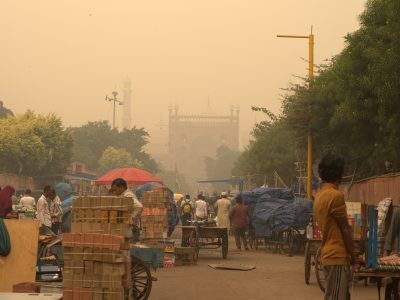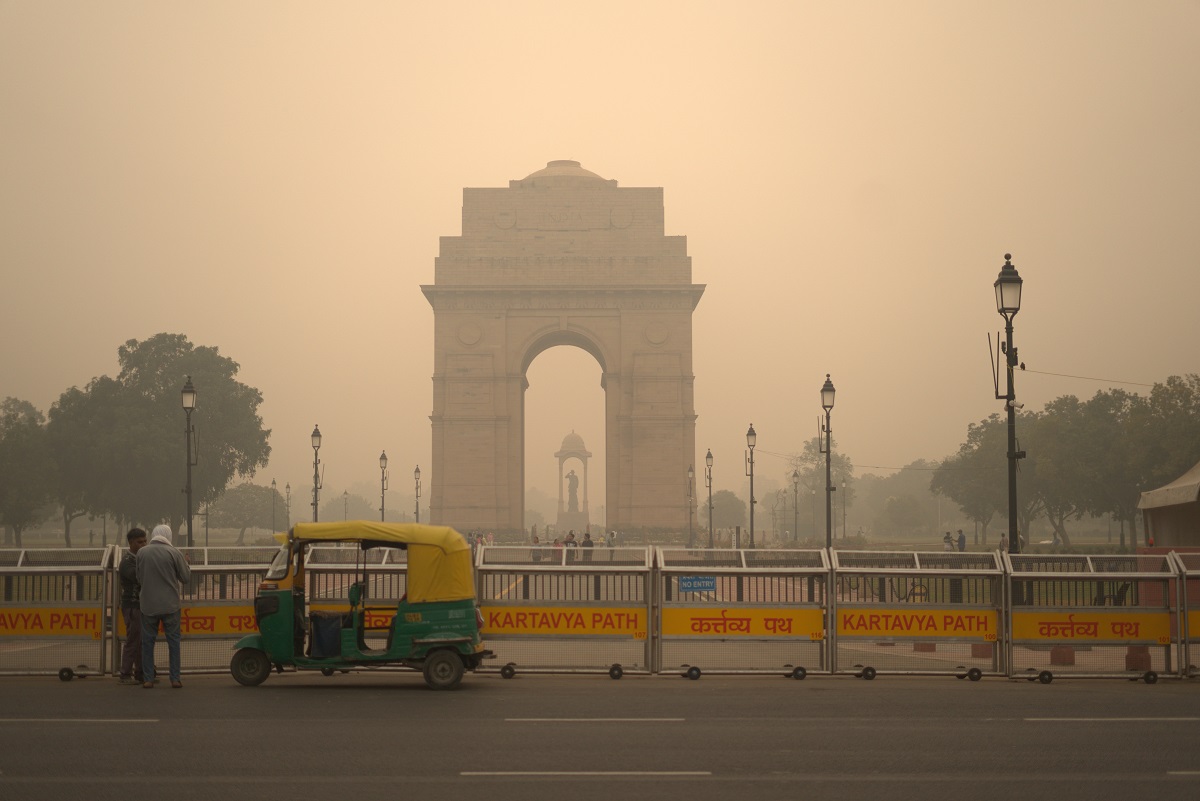The air quality in Delhi and NCR region hit severe levels once again, due to the burning of post-harvest paddy straw in neighbouring states. The Delhi government has reinstated the odd-even scheme, anticipating worsening air quality post-Diwali.
An analysis by Climate Trends, utilising NASA Earth VIIRS data, shows that wind carried pollution from Punjab and Haryana to Delhi 81% of the time in October, 2023. The correlation between wind direction and pollution levels in Delhi is unmistakable.
The data also highlights a reduction in farm fires, with Punjab seeing a 47.8% decrease and Haryana 38.04% compared to 2022. Despite these improvements, stubble burning continues to impact Delhi’s air quality, emphasising the need for further progress.
“Due to continued action and increased alternative usage of stubble, there is a significant reduction in farm fires in both Punjab and Haryana,” says Palak Balyan, Palak Balyan, Air Quality Technical Lead at Climate Trends.
However, despite a reduction, stubble burning continues to pollute air in Delhi-NCR region. We need more progress on this front, she added.
Unfavourable meteorological conditions, combined with vehicular emissions, paddy straw burning, firecrackers, and other local pollution sources, contribute to hazardous air quality levels in Delhi-NCR during the winter every year.
According to a Delhi Pollution Control Committee (DPCC) analysis, the capital experiences peak pollution from November 1 to November 15 when the number of stubble-burning incidents in Punjab and Haryana increases.
On the question of how much stubble burning contributes to Delhi air pollution she explains, “Although the annual (year-long average) contribution of stubble burning during Delhi’s air pollution is just around 3%, it is during the peak winter season that it reaches anywhere between 20% to 55%.”

This depends on the season, number of farm fires and meteorological condition, she added.
“We can also clearly see the meteorological impacts with wind breeze having a big role to play in combination with local sources — construction dust, traffic pollution and small-scale industries,” Aarti Khosla, Director, Climate Trends.
The farm fires data from Punjab and Haryana reveals a substantial reduction by 47.8% and 38.04% respectively, against data for October 2022. But since the volume of wind from the region is so high, it brings the undesirable impact of heavy pollution.
Amid the ongoing pollution in Delhi-NCR, the government has put restrictions under stage IV of GRAP, including a ban on all kinds of construction work and the entry of polluting trucks into the Capital. The ban took effect on October 5, 2023 after air quality dropped to beyond severe (AQI above 450) levels.





